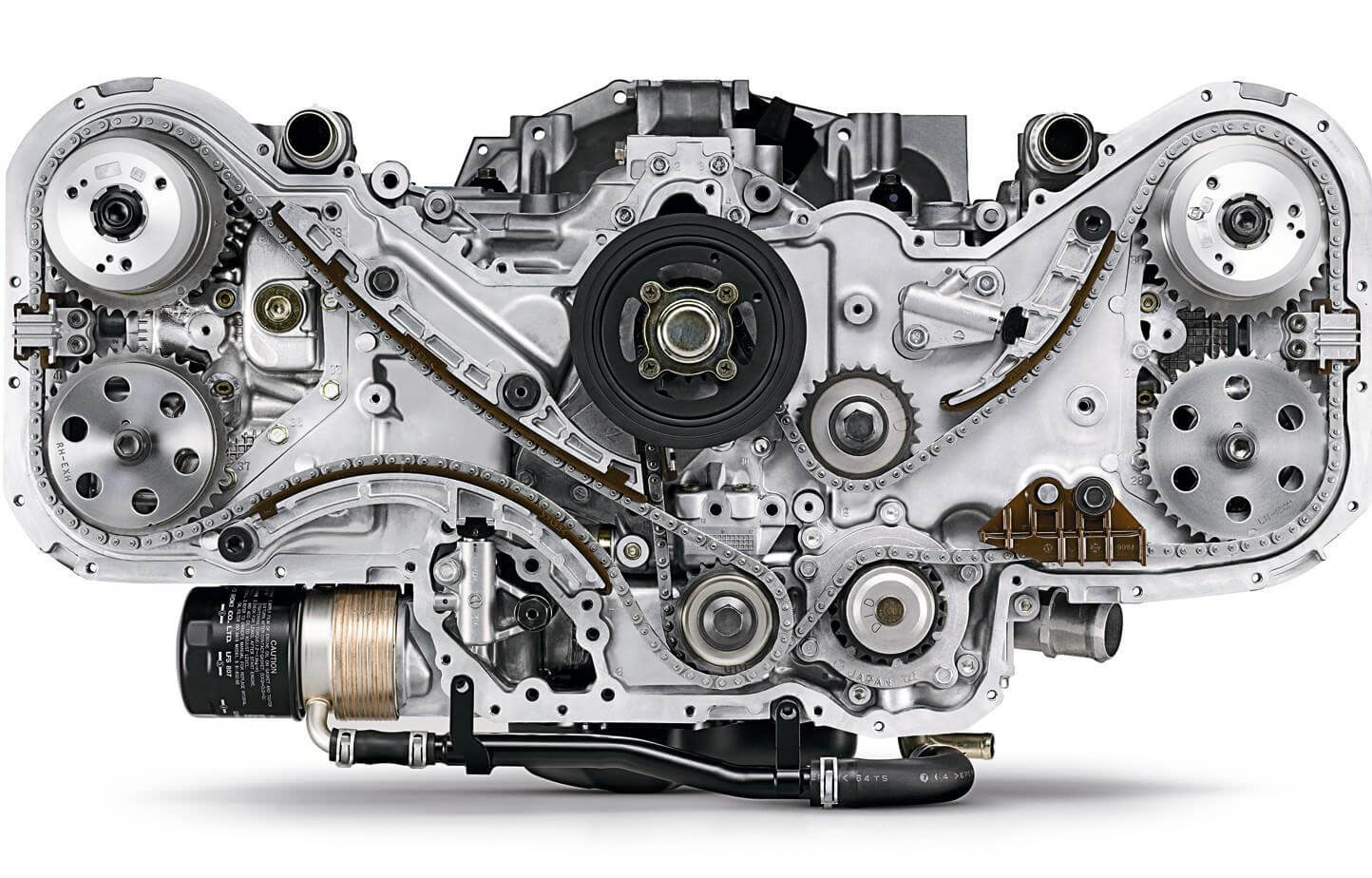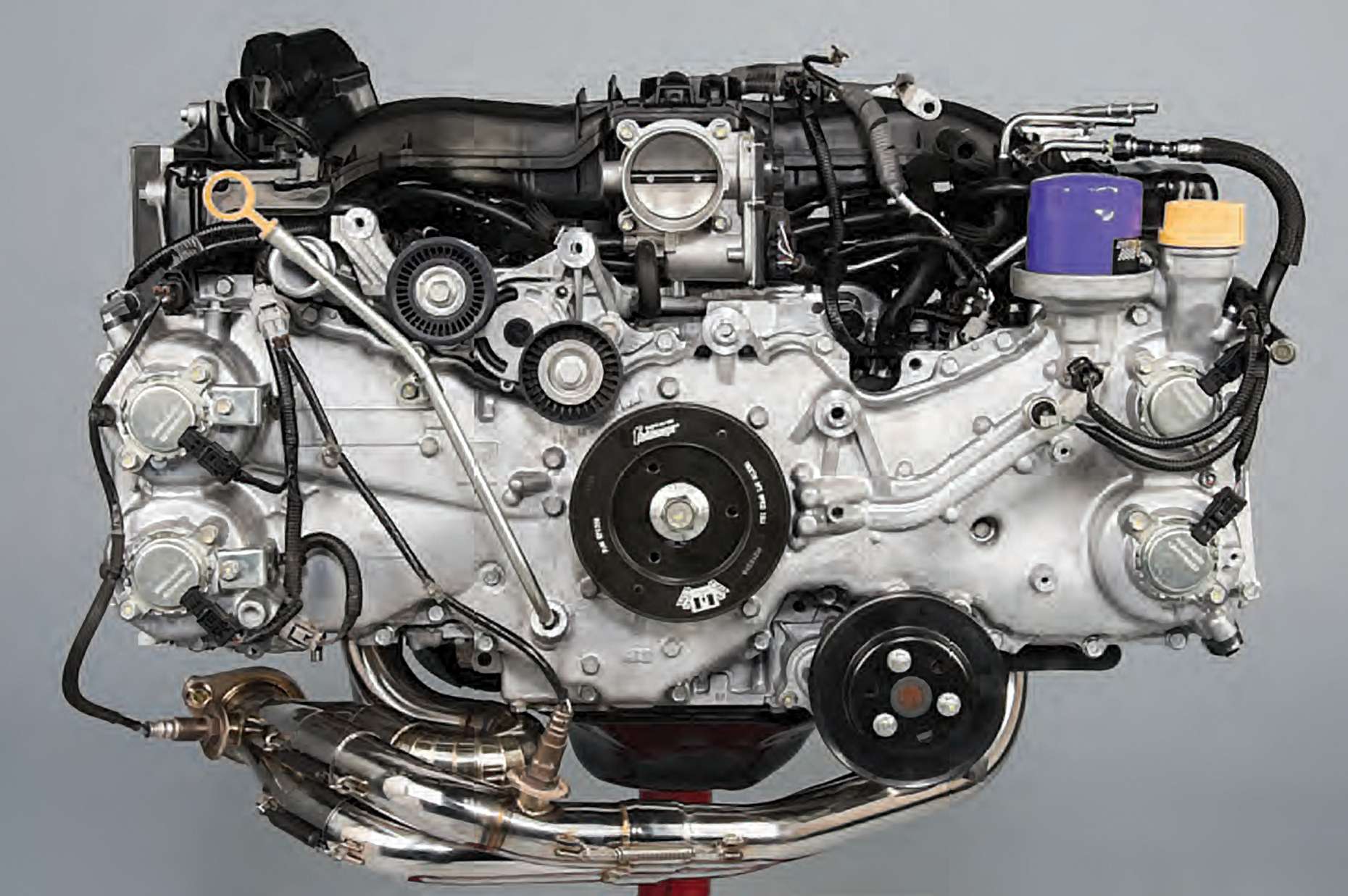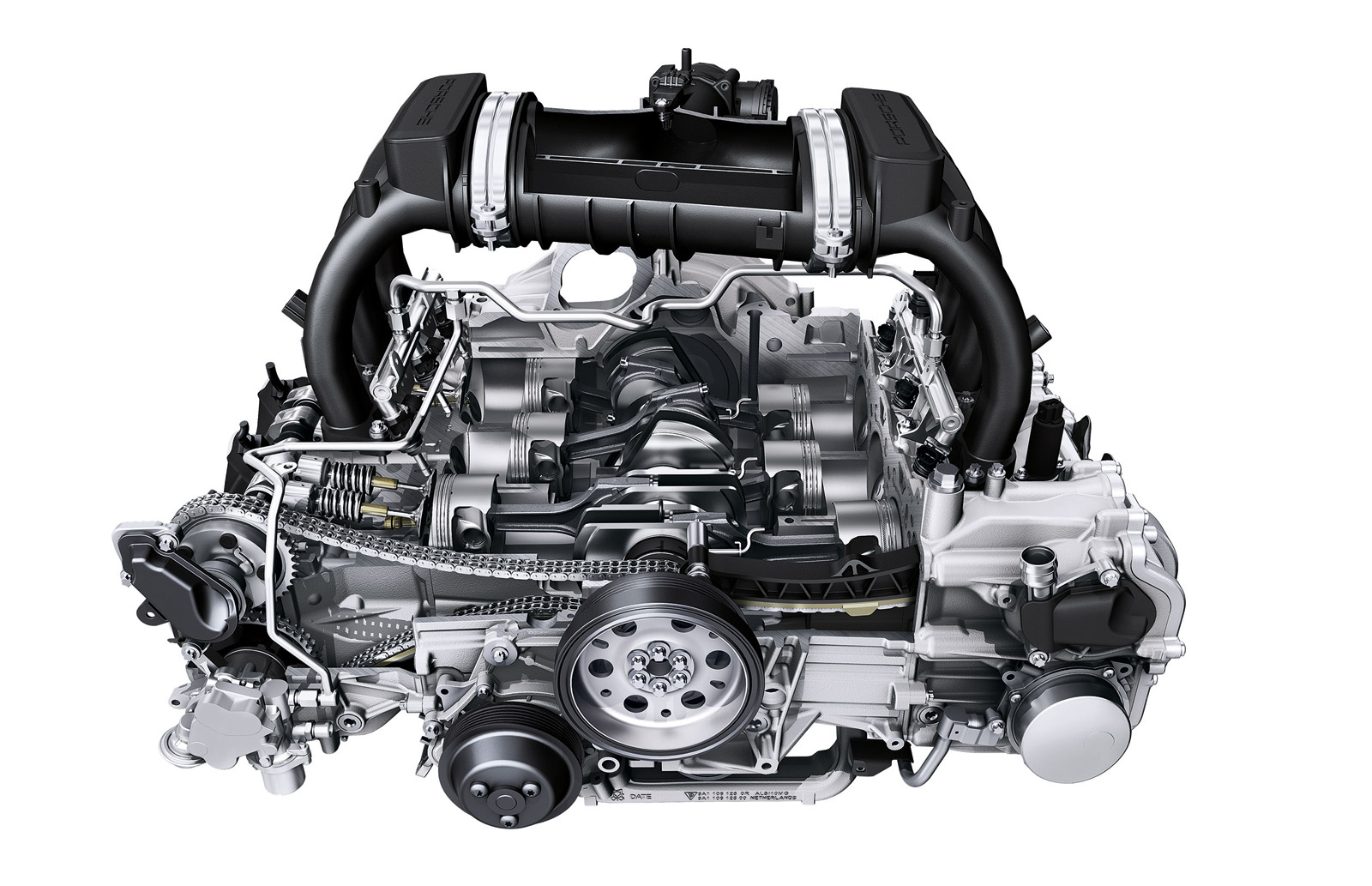
Post-war, it would form the starting point for Porsche’s engines once the company became a manufacturer in its own right.įerdinand Porsche died in 1951, having suffered ill health since his release from captivity after the war (he was arrested by the French) and it was left to son Ferry to develop the company’s fledgling model line-up. The diminutive motor only displaced 995cc and made 25bhp but could run all-day at maximum rpm reliably. It merged simplicity with what for the time was an advanced design thanks to its lightweight, all-alloy construction and use of high-quality parts, such as a forged steel crank, where it mattered. Glossing over the legalities of its genesis, the humble VW flat-four laid the foundations for the engines that would power multiple Le Mans-winning sports cars. These were promptly curtailed when Germany invaded Czechoslovakia and took over the factory post-war VW would end up paying damages to Tatra. Tatra took exception to this and started legal proceedings against Volkswagen in 1937. Porsche had his then engine designer Joseph Kales draw up a similar motor, which would later be refined by Franz Xaver Reimspiess when the KdF-Wagen was adopted as Hitler’s favoured ‘Peoples’ Car’. When sketching out the KdF Wagen – AKA the Beetle – back in the early ’30s, Ferdinand Porsche could not help but notice the work being undertaken by Czech designer Hans Ledwinka on the Tatra V570, which featured a lightweight, rear-mounted, air-cooled flat four. Of course, the boxer layout isn’t unique to Porsche Ferrari, Chevrolet, Subaru and Tatra, to name a few, have all used the layout, and it is the last of these names that holds the key to the Porsche design’s murky beginnings. It would, however, be remiss to ignore the 4, 8, and 12-cylinder variants that secured much of the company’s early racing success. From the 911 to the 962 Group C cars, flat sixes are synonymous with Porsche. Sign up Subscribeġ35 years of innovation: making of the internal combustion engine, Part 5įerdinand Porsche has featured once already in this series, but for most the name is more commonly associated with just one engine type, the flat-six. The Boxer engine is a special engine because of its unique design, and its advantages over other designs, which will ultimately lead to a smoother, safer, and better driving experience over other engines such as inline and vee, it is currently implemented by The Japanese manufacturer 'Subaru' in all its models and the German Supercar automaker 'Porsche' in Some of its models.Sign-up now for access to a limited number of articles. Vehicle weight distribution can be nearly the same on the left and right sides, thanks to an engine lower in the vehicle.
BOXER ENGINE DRIVER
As a result, the engine can produce a sweet response to the driver at any given speed.Ĭompared to a standard inline engine, the length and height of this engine configuration may be reduced, and it is also lighter. Each of the pistons is positioned 180 degrees from each other around the crankshaft and works to cancel out the vibrations of the other, creating a smooth, shudder-free driving experience. The Horizontally-Opposed Engine (HOE) is Subaru's preferred design for driving pleasure. Safety: The low center of gravity of the boxer engine allows the engine to fall "below" the passenger cabin in the case of a frontal collision.

These features work together to make driving a lot more secure, steady, and ultimately enjoyable. Similarly, an asymmetrically balanced engine improves the overall symmetrical balance of the vehicle. Inline and v-type engines, on the other hand, necessitate the use of extra components to prevent harmful vibration.īetter Driving experience: Because of the engine's low mass, this design has a lower overall center of gravity.


Slighter Vibrations: A reduction in noise and vibrations. When turning or performing evasive maneuvers, a vehicle with a lower center of gravity is more responsive. Lower center Of gravity: The car's center of gravity is reduced by lowering the engine's center of gravity. Compared to other AWD cars in the US, Subarus is the most fuel-efficient. Improved fuel efficiency is achieved by eliminating unnecessary engine components and inefficiencies. Fuel economy: A flat design allows the gearbox to receive engine power directly.


 0 kommentar(er)
0 kommentar(er)
